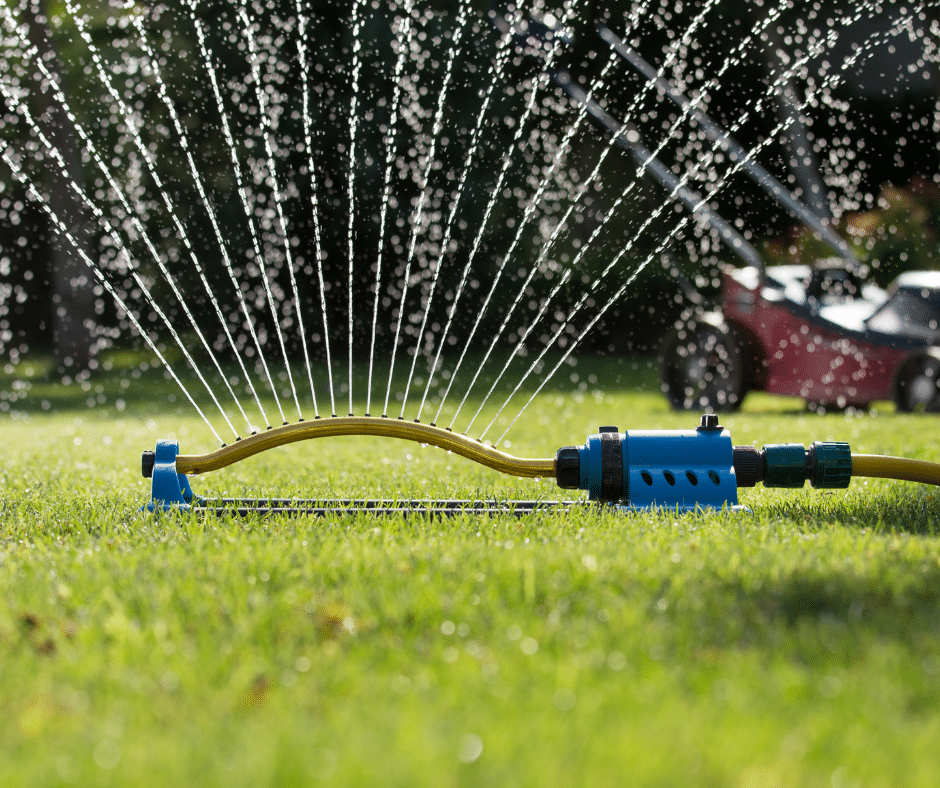Proper fertilization is one of the basic tenets of lawn care. Yet, it’s often challenging to figure out when to fertilize and what types of nutrients to use to ensure a healthy lawn. Many factors, such as weather, grass type, and soil health, influence fertilization methods. Homeowners in North Texas should take them all into consideration when making their spring lawn care plans. Check out these spring fertilization tips!
Conduct a Soil Test
Homeowners should conduct a soil test every three to five years to learn about the nutrients their lawns need. For example, some soils already contain an adequate supply of nutrients, such as phosphorus and potassium, and applying them won’t enhance lawn quality. On the other hand, lawns that are deficient in these nutrients will improve after fertilizer application. A soil test is the best way to determine which nutrients a lawn needs to thrive.
Look at the Grass
For homeowners who don’t want to go to the trouble of conducting a soil test, simply taking a good look at their lawns may provide them with enough information to determine if, when, and where to fertilize. Spotty lawns displaying poor color are likely in need of frequent fertilization. On the other hand, a lush, green lawn may not need any fertilizer at all.
Mow Two or Three Times Before Fertilizing
Here in North Texas, there is typically enough residual nitrogen in the soil during early spring to maintain grass through a few mowings. Therefore, it’s a good idea to apply fertilizer after the second or third time the grass is cut. That said, if grass appears healthy, it’s fine to consider delaying the first application until early May since fertilizing too early can damage young, delicate grass roots. Additionally, grass roots have an easier time accessing nutrients, such as iron and potassium, when the soil is warm.
Water Adequately

Homeowners should water soon after fertilizer application to wash the fertilizer off the grass blades and into the soil. Watering also prevents fertilizer from sitting on the grass too long and burning it. Allow liquid fertilizer to dry before watering; this typically takes about three hours. If granular fertilizer was used, water immediately following application. However, if weed killer was also applied, wait three or four hours before watering. Otherwise, the water will rinse the weed killer away before it can work.
Fertilize According to Grass Type
Bermuda grass lawns typically require applications of supplemental nitrogen about every 45 to 60 days, starting in the spring and continuing into the fall. Nitrogen applications shouldn’t exceed 1 pound of nitrogen per 1,000 square feet of lawn.
Saint Augustine grass lawns are unlikely to need a springtime application of nitrogen, but they may need one in the summer to enhance color. They may also require periodic applications of iron sulfate or iron chelate to avoid iron chlorosis.
Choosing the right fertilizer and applying it on a regular basis are two of the most important steps a homeowner can take to keep their grass lush and green. In addition to determining what nutrients a lawn needs, it’s important to water often and only fertilize at the appropriate times.